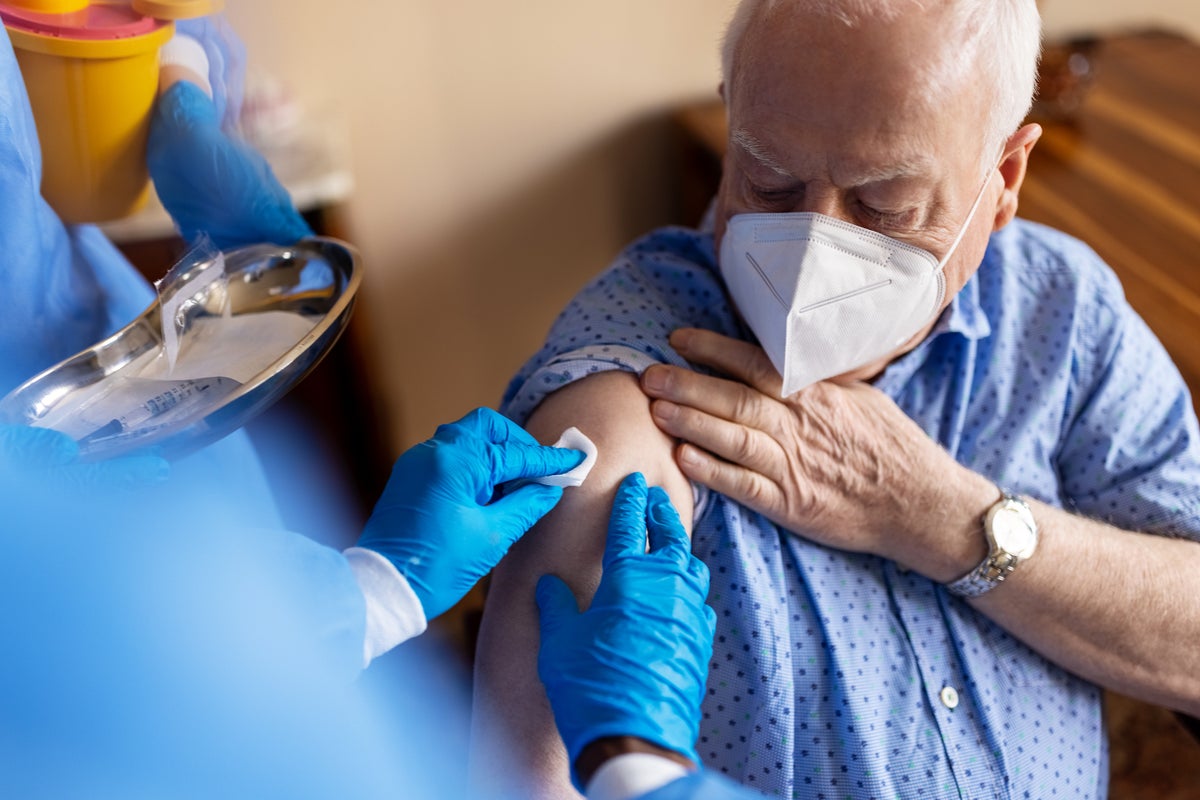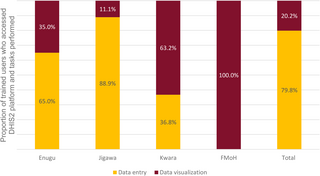Receiving an annual COVID vaccine booster can significantly enhance your protection against severe illness, even if you’ve previously been infected or vaccinated. A recent study published in the New England Journal of Medicine on Wednesday highlighted the benefits of the 2024–2025 mRNA COVID vaccines. Researchers found these vaccines reduced the likelihood of emergency department visits by 29%, hospitalizations by 39%, and deaths by an impressive 64%.
The study utilized data from nearly 300,000 participants across the United States, revealing that 35% received the Pfizer vaccine (COMIRNATY) and 64% received the Moderna vaccine (Spikevax). Importantly, the authors emphasized that COVID vaccination proved effective across all age groups and in individuals both with and without major chronic conditions.
Stanley Perlman, a coronavirus researcher and professor of microbiology and immunology at the University of Iowa, noted that these findings align with previous data collected over the past few years. “The vaccine is efficacious, particularly against severe disease,” he stated, adding that further performance measurements of the new 2025–2026 COVID vaccines are anticipated to yield similar outcomes. Although the authors of the study refrained from commenting on the latest results, the implications are clear.
The efficacy of COVID vaccines against symptomatic illness has diminished from their initial effectiveness. The 2024–2025 vaccines now offer protection rates between 29% and 64%, compared to previous benchmarks where vaccines offered about 94% protection in 2019. Perlman explained that this decrease is expected among populations with prior immunity due to past infections or vaccinations.
Nisha Viswanathan, an internal medicine physician and medical director of the University of California, Los Angeles, Long COVID program, expressed agreement with Perlman’s insights. She pointed out that shifting immunity levels and responses to vaccinations were predicted as more individuals encountered the virus through earlier infections or vaccines.
Furthermore, the study challenges the notion that younger individuals or those without risk factors do not require vaccination. Viswanathan noted that although the vaccine is particularly effective for older adults and those with comorbidities, it still provides valuable protection for individuals without those risk factors. She commended the study’s design, highlighting how it included a diverse representation of women and younger participants, which contributed to a comprehensive understanding of vaccine effectiveness across all demographics.
This year, the Centers for Disease Control and Prevention (CDC) recommended COVID vaccinations for adults aged 65 and older, along with those possessing underlying health conditions that put them at greater risk of serious illness. For otherwise healthy individuals above six months of age, vaccination was suggested based on shared clinical decision-making.
Despite the study focusing solely on the previous year’s vaccines, Perlman maintains that its findings remain pertinent for the current vaccination season. He explained that the virus circulating during the last season is related to the ongoing variant, known as JN.1, and that both variants share similar severity levels. Vaccine manufacturers adjust their formulas based on the circulating strains, thus it is reasonable to expect that this year’s COVID vaccines will provide comparable protection to last year’s models.
Real-world data on the effectiveness of this year’s COVID vaccines are still limited, yet researchers can estimate outcomes based on neutralizing antibody levels, or titers, which reflect the immune system’s response strength. The 2025–2026 mRNA vaccines, Spikevax and COMIRNATY, specifically target the LP.8.1 variant. COMIRNATY displayed a fourfold increase in neutralizing antibody titers above baseline levels, while Spikevax showed an eightfold increase. Typically, higher titers indicate better immune protection, particularly against severe disease. Perlman noted that Spikevax’s elevated titers could result from its inclusion of a greater quantity of synthetic mRNA molecules, although he cautioned that such differences may not translate to significant additional protection for most individuals.
As vaccination rates continue to decline, with only 21% of the adult U.S. population vaccinated against COVID last year, Perlman argues that more people would gain tangible benefits from receiving vaccinations this year.”






